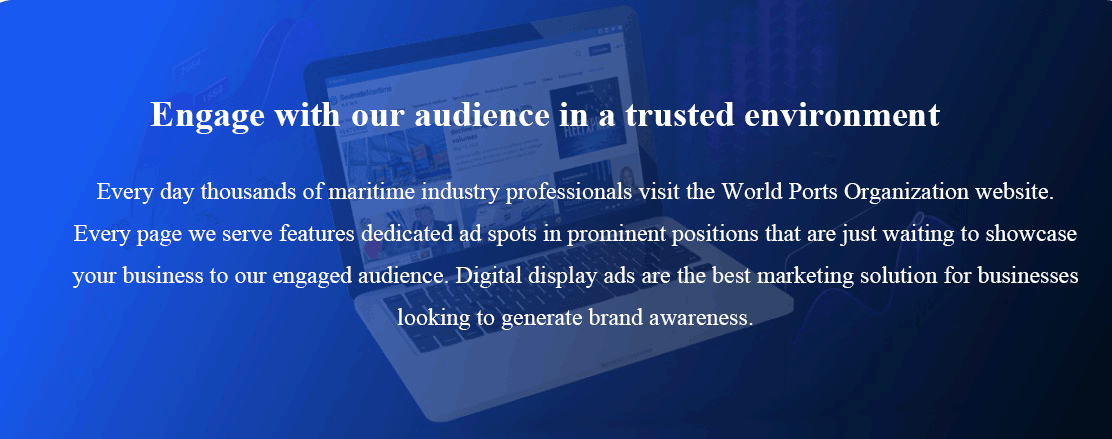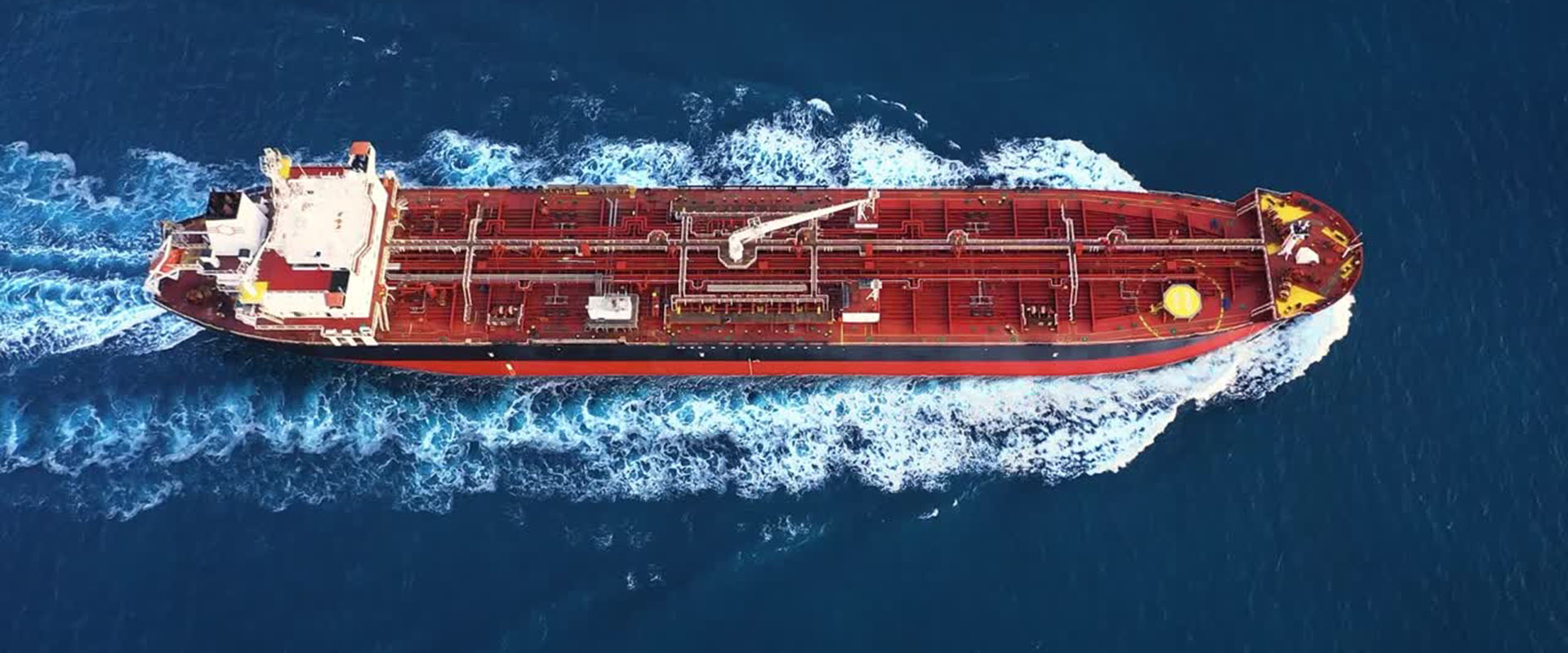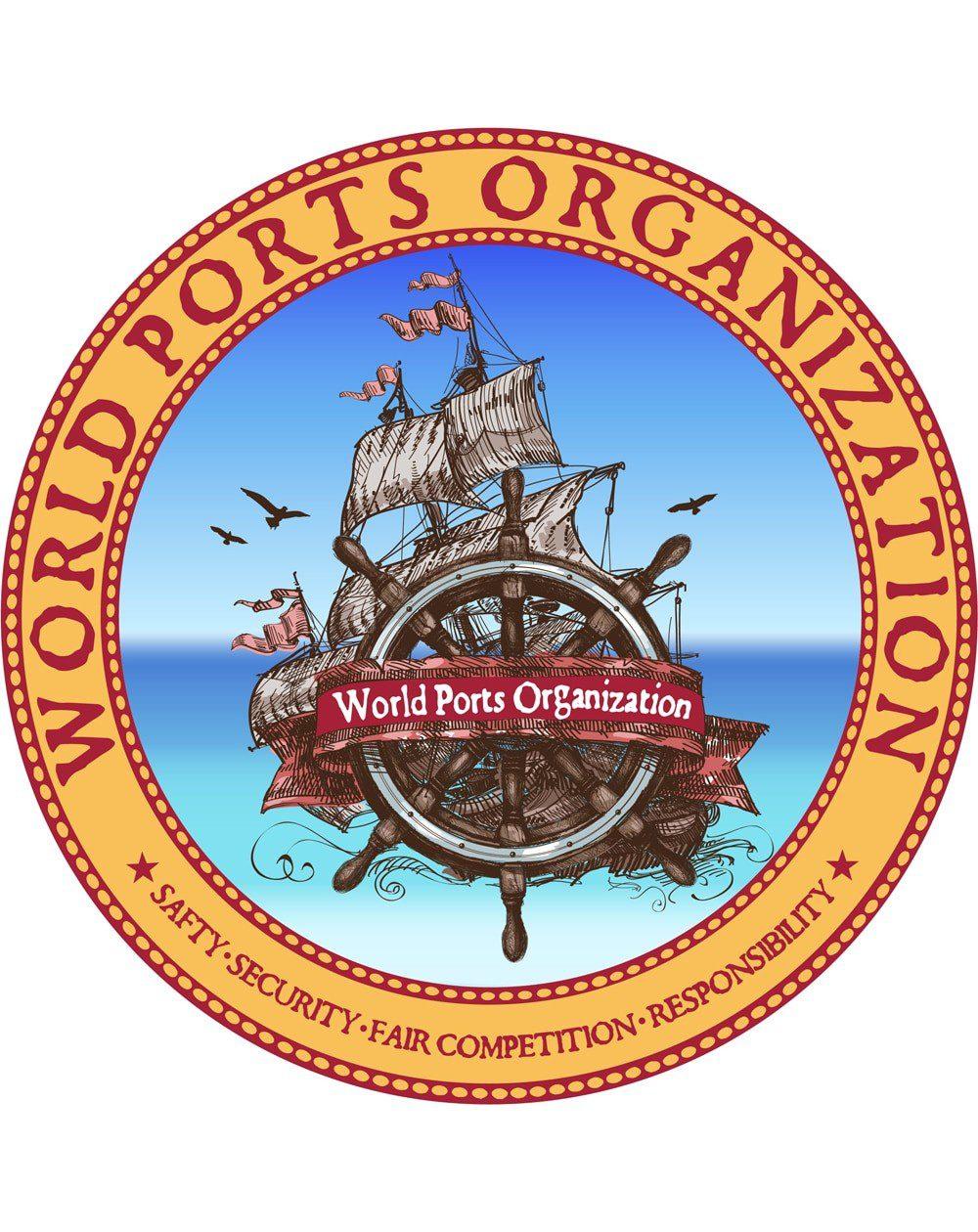As a next-generation clean energy transport solution, liquefied hydrogen (LH2) carriers utilize cryogenic technology at -253°C to compress gaseous hydrogen volume to 1/800th, improving transport efficiency by over 10 times. This is becoming a key focus area for the global shipping industry. Although multiple countries have initiated technological research, constrained by material and process bottlenecks, large-scale commercial vessels exceeding 10,000 cubic meters have yet to achieve breakthroughs.
On June 20, Japan’s Ministry of Land, Infrastructure, Transport and Tourism (MLIT) Maritime Bureau officially released the “Forecast of Japan’s Future Carbon-Neutral Cargo Ship Demand (Interim Report)” to outline a development vision for the domestic shipbuilding industry addressing emerging needs. The study focuses on maritime demand under carbon neutrality goals, particularly estimating the required fleet size for emerging cargoes such as hydrogen, ammonia imports, and CO2 exports by 2050. The results indicate significant market growth for these vessel types, with liquefied hydrogen carriers potentially reaching demand for 940 ships.
The report shows Japan has set a 2030 shipbuilding industry goal to “secure a leading market share in next-generation vessel orders.”
Based on projections from Japan’s “Seventh Strategic Energy Plan” approved by the Cabinet in February and the Ministry of Economy, Trade and Industry’s “2040 Energy Supply and Demand Outlook,” the estimated demand for carbon-neutral cargo vessels by 2050 is as follows:
– Approximately 180 liquefied CO2 carriers with 50,000 cubic meter capacity for exporting Japan’s CO2;
– Around 110 liquefied ammonia carriers with 87,000 cubic meter capacity for importing ammonia energy;
– For hydrogen energy imports:
– 87,000 cubic meter carriers (liquid ammonia transport solution): ~270 ships;
– 50,000 DWT carriers (methylcyclohexane (MCH) organic liquid hydrogen carrier solution): ~640 ships;
– 40,000 cubic meter carriers (direct liquid hydrogen transport solution): ~940 ships.
On June 2, Japan’s three major shipbuilders—Kawasaki Heavy Industries, Imabari Shipbuilding, and Japan Marine United (JMU)—announced joint research to establish a liquefied hydrogen carrier construction system. The collaboration will focus on production system development for follow-up models of Kawasaki’s designed LH2 carriers, advancing commercialization and mass production.
According to Nikkei, specific cooperation details are still under discussion, but Kawasaki will likely manufacture core components—the LH2 storage tanks—supplying them to Imabari and JMU.
Amid global decarbonization efforts, hydrogen energy—which is non-toxic and emits no greenhouse gases or pollutants when burned—has gained significant attention, with related carrier demand expected to surge. Facing competition from Chinese and Korean shipbuilders, Japanese firms aim to maintain technological leadership while promoting hydrogen applications.
In 2019, Kawasaki built the world’s first LH2 carrier, *Suiso Frontier*, featuring advanced tanks capable of holding 1,250 cubic meters of hydrogen at -253°C. The vessel completed its maiden Australia-Japan voyage in February 2022. Kawasaki is now developing a commercial version with 40,000 cubic meter tank capacity—30 times larger than the prototype.
Japanese and Korean shipbuilders have long held clear technological advantages in LH2 carrier design. Recently, Korean shipyards have launched aggressive market initiatives in this field.
Last year, Korea’s Ministry of Trade, Industry and Energy (MOTIE) announced a strategy to address the LH2 carrier shortage, emphasizing three pillars: securing core materials/component technologies, scaling demonstrations, and establishing public-private partnerships.
In May, Korea formed a government-industry taskforce to lead LH2 carrier R&D, allocating 555 billion KRW (~¥2.9 billion) by 2025 to build the world’s largest demonstration vessel by 2027, solidifying Korea’s leadership in hydrogen transport.
The funding prioritizes LH2 carrier development for -253°C hydrogen compression. MOTIE stated a special taskforce—comprising Korea’s “Big Three” shipbuilders (HD Korea Shipbuilding & Offshore Engineering, Hanwha Ocean, Samsung Heavy Industries), universities, and 101 institutions—will tackle 43 key technologies to enable commercial operations.
KR senior researcher Noh Gil-tae noted: “Given cryogenic carrier technology and equipment are still in development, and large-scale liquefaction facilities are needed at production/consumption sites, LH2 carriers are expected to dominate long-distance hydrogen transport post-2030.”
In 2024, HD Hyundai Group signed an agreement with Shell to co-develop large LH2 carriers targeting 2030 commercialization. HD KSOE is also collaborating with Mitsui O.S.K. Lines (MOL) and Australian firms on an 80,000 cubic meter LH2 carrier.
China’s marine hydrogen market achieved a major breakthrough in 2023. The deployment of vessels like *Three Gorges Hydrogen Boat No. 1* injected strong momentum into the industry chain, significantly boosting domestic market confidence and innovation.
In 2024, China’s marine hydrogen sector continued rapid growth. Breakthroughs in green methanol applications spurred over a dozen hydrogen vessel/power system projects, with multiple firms obtaining international class certifications. Demonstrations included hydrogen container ships, medium passenger vessels, and long-distance LH2 transport.
In February, China State Shipbuilding Corporation’s (CSSC) MARIC unveiled two LH2 carrier designs (180,000 and 20,000 cubic meters), drawing industry attention. The 180,000 cubic meter design is currently the world’s largest. In October, CNOOC’s global-record LH2 maritime demonstration project vessel traveled over 10,000 nautical miles to Shenzhen’s Yantian Port.
This year brought further milestones. On March 30, CSSC’s *Blue Hydrogen No. 1* completed its maiden voyage in Shanghai, featuring organic liquid hydrogen storage with 5,000-nautical-mile range. On June 26, China’s first hydrogen-electric tugboat, *Hydrogen Tug No. 1*, entered service at Qingdao Port.
As a revolutionary hydrogen transport solution, LH2 carriers—with their exceptional efficiency—are poised to reshape global hydrogen supply chains and drive shipping’s green transition. Despite current challenges, sustained global investments in R&D, policy, and applications suggest marine hydrogen will enter large-scale development post-2030, offering critical decarbonization pathways. With ongoing technological breakthroughs and rising demand, prospects for larger-scale, more efficient, and safer LH2 transport are promising.






